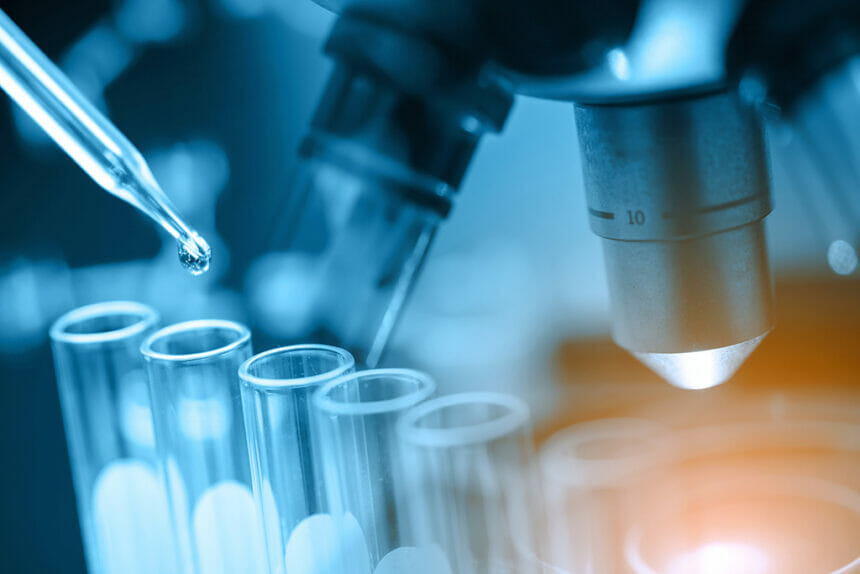The Food and Drug Administration approved BioMarin’s hemophilia A gene therapy Roctavian late Thursday after an eight-year odyssey.
Getting the drug into the hands of patients isn’t expected to be a rapid process, either.
The first one-time treatment to secure the FDA’s blessing in this therapeutic category, Roctavian (formerly BMN270) was given the nod for patients 18 or above who have the severe form of the hereditary bleeding disorder. That patient population numbers about 6,500 U.S. adults, roughly 2,500 of whom would be eligible for its drug, per BioMarin estimates.
Roctavian delivers functional factor VIII genes to liver cells to replenish a missing blood-clotting protein, promising to eliminate the need of chronic treatment for at least five years. In Phase 3 trials, the infusion drug cut the mean annualized factor VIII infusion rate by 99% and slashed the mean annualized bleeding rate by 84%.
“Spontaneous bleeds and joint bleeds are medically important events that define severe hemophilia A as a bad condition, and the fact that those were dramatically reduced by Roctavian is [its] superpower,” said Hank Fuchs, EVP and chief medical officer of BioMarin, on a call yesterday with analysts.
“We are ready to rock and excited to start the U.S. commercial launch,” added BioMarin’s Jeff Ajer, EVP and chief commercial officer. “We will begin promoting to the hematology community immediately. The sales force is activated in all key regions of the U.S.”
The approval of Roctavian came after some notable setbacks, including a complete response letter from the FDA in 2020 and a review delay earlier this year. Analysts pointed out some uncertainties that could slow its launch trajectory, as well.
BioMarin set the drug’s list price at $2.9 million per single dose, which translates into net revenue of about $1.9 million. The company has forecast total revenue between $50 million to $150 million this year.
If there is any lack of response during the warranty period, BioMarin will refund up to 100% of the cost, on a prorated basis. For instance, if a patient stops responding three years into the four-year warranty period, the company will refund 25% of the purchased cost.
Ajer said it will take eight weeks to get Roctavian shipped to pharmacies and between two and five months to funnel patients through to get treated. The company is working with private and public payers in parallel to enable access.
Yet, nearly a year after the approval of Roctavian in the EMA, which came in August 2022, BioMarin has yet to treat its first patient in the EU with commercial therapy with Roctavian, SVB Securities’ Joseph Schwartz pointed out in a note to investors Thursday.
The investment bank reduced its gross fiscal year 2023 (FY23) sales forecast to $18 million, down from $46 million, “to reflect the longer time it might take to roll out Roctavian than previously anticipated,” Schwartz wrote.
SVB also lowered the number of patients it estimates will be treated with Roctavian in the E.U. That lowers the bank’s global gross FY23 sales estimate to $51.7 million, down from $85.1 million, putting it at the lower end of management’s FY23 guidance of $50 million to $150 million.
“However, we anticipate that momentum will pick up in FY24 and we are raising our estimates to ~$307M (from $197M),” Schwartz noted.
The FDA gave Roctavian the nod a week after approving Sarepta’s DMD gene therapy Elevidys, suggesting a growing comfort level at the regulator for next-gen treatments.







